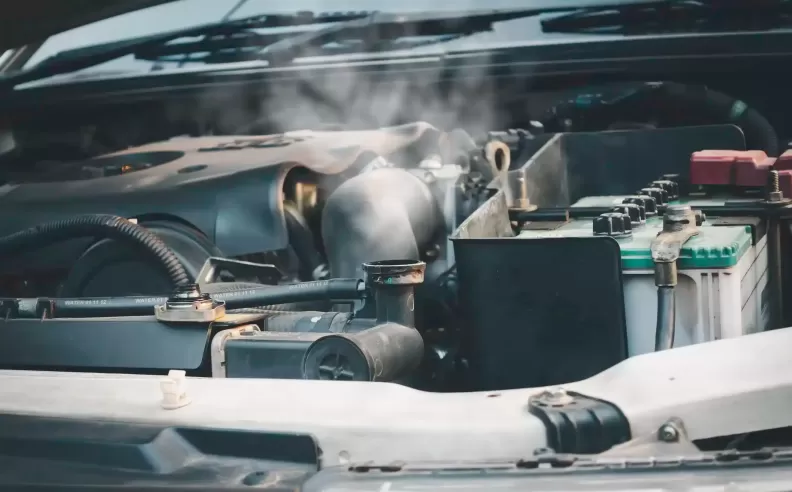
Whether you're navigating city traffic or cruising on the highway, engine overheating can turn any drive into a mechanical nightmare. This common issue strikes without warning, especially during long trips or in warm climates. If left unaddressed, it can severely damage the engine and drain your wallet. This motor283 article reveals the most frequent causes behind rising engine temperatures, and more importantly, how to prevent and fix them before the damage is done.

Coolant, or radiator fluid, is the first line of defense against high engine temperatures. It absorbs heat from the engine and moves it to the radiator, where it cools down before starting the cycle again. If this system runs low, because of leaks, neglect, or simply time, the engine struggles to stay within safe operating temperatures. Adding plain water instead of proper coolant can corrode vital components over time. The fix is simple but essential: check fluid levels regularly and always refill with high-grade coolant, not tap water.

An efficient cooling system relies on more than just the fluid, it’s the hardware that circulates it. A clogged or damaged radiator, a faulty water pump, or a stuck thermostat can all cause poor coolant flow. That means heat builds up instead of being safely released. Drivers might notice strange noises, rising temperature gauges, or visible leaks, all signs it’s time for a mechanical checkup. Cleaning or replacing the radiator, fixing the pump, and checking the thermostat should be on any driver’s checklist when facing recurring overheating problems.

It’s not just what’s under the hood that affects engine temperature; how and where you drive plays a major role, too. Long uphill drives, stop-and-go traffic, or aggressive acceleration can place intense stress on your engine. Combine that with hot weather or high altitudes, and the cooling system may struggle to keep up. Drivers should ease off the gas during steep climbs, avoid high speeds for long periods, and pull over for short breaks when temperatures rise. Sometimes, simply adjusting your pace can prevent a minor heat-up from turning into a major breakdown.

Started my career in Automotive Journalism in 2015. Even though I'm a pharmacist, hanging around cars all the time has created a passion for the automotive industry since day 1.
